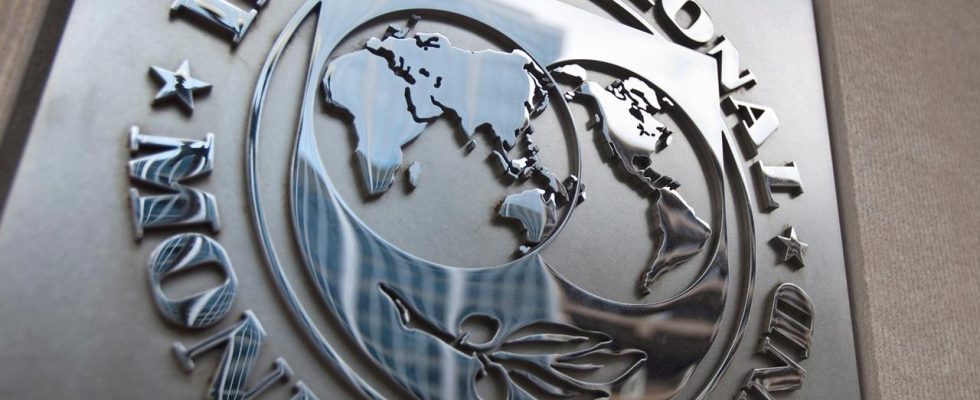According to forecasts by the International Monetary Fund, the debt ratio is rising again worldwide. However, Germany is bucking the trend and is taking on less debt. Why is that?
According to forecasts by the International Monetary Fund (IMF), public debt around the world is rising again. It fell for two years, but is expected to rise significantly again by the end of the decade.
The development is being driven primarily by the world’s two leading economies, the USA and China, as the financial organization in Washington announced. “Consolidation is necessary in most countries to ensure debt sustainability and financial stability.” Buffers would have to be created again in households.
Development in Germany bucks the trend
Bucking the trend, the debt ratio in Germany will gradually decline and from 2027 will again be below 60 percent of economic output, which is actually the upper limit within the EU. However, many member states have not achieved this in recent years; the EU-wide average was 84 percent in 2022.
Before the pandemic, the rate in Germany was already below 60 percent – but with Corona and the Ukraine war, a lot of debt-financed state aid came along. The debt ratio was 68.7 percent in 2020. It has been falling again since 2022.
The International Monetary Fund
The International Monetary Fund (IMF) was founded in 1944 as a UN specialized agency in Bretton Woods (USA). It monitors financial systems worldwide in order to intervene in the event of government balance of payments problems or impending national bankruptcy. Its loans are often tied to controversial conditions: The IMF often calls for the restructuring of government finances through price increases and subsidy cuts. The IMF has 185 member countries whose capital contributions (quotas) depend on the strength of their economies and their foreign reserves. The capital contributions determine the right to have a say. The USA is the largest shareholder with around 17 percent, Germany has around 6 percent.
On average, the debt of states in 2023 was 93.2 percent of economic output. For comparison: worldwide it jumped to 99.4 percent in 2020 due to the corona pandemic, and has since fallen again in 2021 and 2022. In 2023 the wind changed. The debt ratio increased by almost two percentage points. The IMF predicts a value of almost 99 percent by 2029.
When does national debt become a problem?
The point at which the debt ratio becomes a serious problem for a country is controversial in economics, said Martin Beznoska, senior economist for financial and tax policy at the German Economic Institute (IW) last year ARD-fact finder. “In general, if the debt-to-GDP ratio drifts over several years, it becomes a problem.”
Because then the debt threatens to take on a life of its own. “If the interest burden on a national budget continues to rise, then at some point the country will already be in deficit just because of the interest.” In the worst case scenario, a national bankruptcy could occur at some point if the capital markets no longer believe that the state can service its debts.
It is also crucial whether a country has debts in the national currency or a foreign currency. In the first case, government bonds can be bought if necessary to stabilize the price. This means that a national bankruptcy is virtually impossible. The latter happened to Greece in 2010: At that time, there was a threat of national bankruptcy.
Economists are calling for more investment in Germany
In the USA, the debt ratio is expected to increase from a good 122 percent last year to almost 134 percent by 2029. For China, a jump from 83.6 percent to a good 110 percent is estimated. Nevertheless, according to experts, the risk of national bankruptcy in these countries is currently low. This is due, among other things, to the countries’ strong economies. Germany is likely to only be at 57.7 percent in 2029, which is why many economists are calling for higher investments.
Efforts to normalize financial policy have not been successful in many countries, according to an analysis by the IMF. This makes it more difficult for central banks to complete their fight against excessive inflation. The higher interest rates now make it even more difficult for many countries to respond to challenges such as demographic change or climate change.
IMF: States often spend more in election years
According to the IMF, only half of the countries will have made their financial policies more restrictive in 2023. In 2022 it was still around 70 percent. This year there will be or have already been elections in 88 countries. These countries account for more than half of the world’s population and economic output. Experience shows that governments spend more and charge less taxes in election years, the IMF warned.

